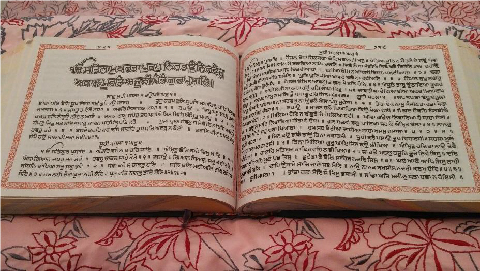Explore the depth of Ahimsa — more than non-violence, it's a commitment to compassion, kindness, and respect for all life forms.
Uncover rare insights from 1847 Punjabi prose by Bhai Addan Shah. Explore teachings of humility, service, and celibacy. Discover 252 moral anecdotes.




